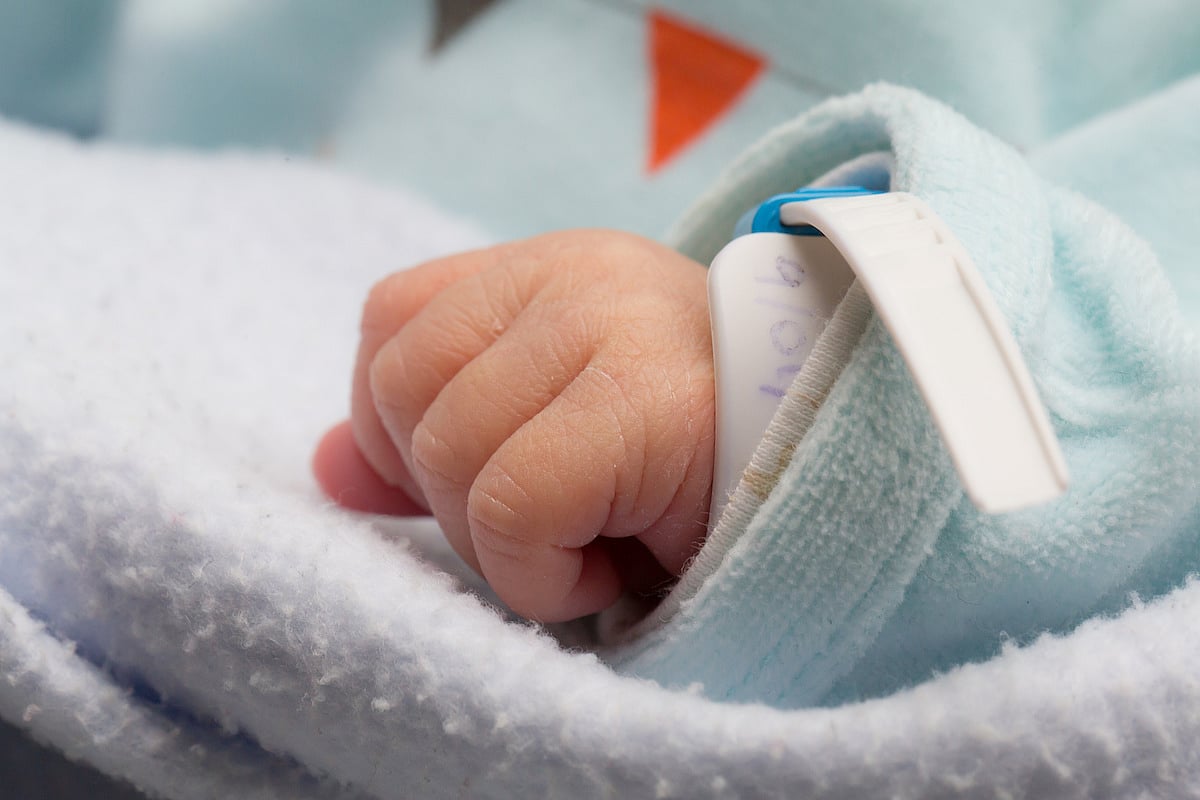Due to a recent change of our website, the process for submitting refill requests online has now changed.
Please click on “Sign Up Today!†to create a new account, and be sure to download our NEW Mobile app!
Thank you for your patience during this transition
Get Healthy!

- Posted August 12, 2024
Blood Test Can Predict a Dangerous Lung Issue for Preemie Babies
Simantha Nation’s son, Atticus, struggled to breathe from his very first gasp for air.
Born very preterm at 26 weeks’ gestation, Atticus was rushed to the NICU, where he was intubated and connected to a ventilator.
The first time Nation saw her son, he was covered in tubes and wires.
“It was devastating to see that Atticus couldn’t breathe on his own,†Nation said.
Worse, Atticus’ reliance on a ventilator seemed to be doing him more harm than good as time passed. At 5 months old, the infant neared death.
“His health took a dire turn and his condition became critical,†Nation said. â€We were told by staff to say our goodbyes in case he didn’t make it through the night. I can’t tell you how hard it was, holding him for hours and not being sure if it was the last time.â€
Atticus was suffering from bronchopulmonary dysplasia (BPD), which occurs when a baby’s lungs are damaged by respiratory support and long-term use of supplemental oxygen.
BPD affects 65% of preemies and can result in lifelong chronic lung disease and problems with brain development. But a new blood test can help predict which preemies will develop BPD, allowing for earlier diagnosis and better treatments, the researchers said.
In the study of 23 Australian preemies, changes were seen in 49 blood proteins among babies who later developed BPD, researchers reported recently in the American Journal of Respiratory Cell and Molecular Biology.
The results provide a comprehensive map of what occurs in babies with BPD, and gives valuable insights into key biological changes that occur within the first few days of life, said researcher Dr. Prue Pereira-Fantini, a senior research officer with the Murdoch Children’s Research Institute (MCRI) in Victoria, Australia.
“Our ability to predict, prevent and treat BPD is limited,†Pereira-Fantini said in an MCRI news release. “Our team was able to identify certain proteins in the blood, which when combined with other key birth measures, may predict BPD as early as four hours post-birth.â€
Being able to accurately predict BPD within the first few days of life could lead to less lung damage among preemies, said researcher David Tingay , a professor at MCRI.
“We can better tailor the care of these babies when we know how likely they are to experience lung damage and other complications,†said Tingay, a clinical neonatologist and respiratory physiologist.
Based on this study, researchers are now crafting a lung injury assessment tool that could be used to predict the lung health of all preterm babies.
“The tool, including a blood test, would provide clinicians with the ability to guide respiratory decisions from birth, giving these babies more chances towards a healthy life,†Pereira-Fantini said.
Atticus wound up surviving his brush with death, and after 263 days in the NICU he was able to go home.
Atticus still has a tracheostomy to help him breathe through his throat instead of his mouth and nose. He’s learning sign language to be able to communicate.
“But Atticus is thriving at home and reaching key developmental milestones,†Nation said. “His progress has been incredible, he has come so far.â€
Nation praised the research that could lead to fewer preemies having the same health problems Atticus did.
“Any research that can help babies breathe, or understand their risks sooner, would be incredible and something all parents and carers of preterm babies can take comfort in,†Nation said.
More information
The American Lung Association has more about bronchopulmonary dysplasia.
SOURCE: Murdoch Children’s Research Institute, news release, Aug. 7, 2024
